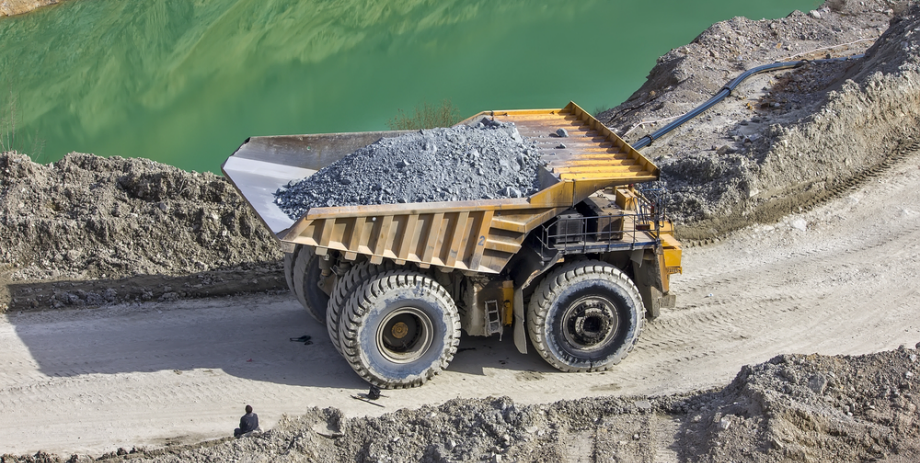
“We need to recognize that post closure is forever,” says Dr. Robertson. “Once you leave the mine it is only the start of a very long period where mother nature is going to continue to work at that mine and the remediation that you’ve done in order to disrupt what you have weakened in nature.”
Mine closure is an integral part of planning to build a mine, says Dr. Andy Robertson.
“Closure has become an integral part of the initial evaluation studies, the feasibility studies, operations and minimizing the long term liability that mining leaves on society,” says Robertson, CEO of InfoMine and principal at Robertson GeoConsultants. He spoke with MINING.com in May.
InfoMine is hosting Mine Closure Conference 2015, running June 1-3 in Vancouver, BC.
Why do mines require a plan for closure?
Closure has become an integral part of the initial evaluation studies, the feasibility studies, operations and minimizing the long term liability that mining leaves on society where it has extracted the resource. Without planning for closure, the mines will not be tolerated. The communities depend upon being presented with plans that show the land that is being disrupted will be returned to a form, which would be an asset to the community and not a degradation they have to live with.
What is the number one thing miners get wrong planning for closure?
The largest cause of failure of mine plans or inadequacy of mine plans is optimism. Miners, inherently, are very optimistic. During the stages of initial feasibility the tendency is to optimistically look at what they are going to be doing and often do not realize the level to which they are going disturb and change the conditions that apply to the environment of the mine site.
Register for Mine Closure Conference 2015, June 1-3 in Vancouver, BC
The result is that they are caught at the end of the mine life with an inadequate physical plan that has additional work that needs doing to correct the inadquacies or they find that what they implement doesn’t have the durability. We need to recognize that post closure is forever. Once you leave the mine it is only the start of a very long period where mother nature is going to continue to work at that mine and the remediation that you’ve done in order to disrupt what you have weakened in nature. So the most common mistake is inadequate planning with rose-tinted glasses and looking at the end effects therefore under-providing both engineering and financial provisions needed to implement good practise in closure.
What are recent trends in the practice of mine closure?
There definitely is. The regulatory authorities, pressured by the communities, are requiring a much greater level of mine closure. Miners require much greater level of understanding of environmental affects are going to be both during operations and post closure. Therefore the amount of study that has to be done, the amount of understanding that has to be developed, and the financial planning that has to be put into making provision for the remediation during operations and at closure has become a very important part of regulatory control. So we are seeing big changes in the regulatory requirement.
What is the Mine Closure Conference 2015?
The Mine Closure Conference brings together those experts that are interested in mine closure. These are the experts that are responsible for the mine closure technology that’s actually applied on the mine for making the decisions at what levels of mine closure, what expenditures and what levels. How the mine planning should be changed in order to limit that liability, as well as those who are practitioners of the technology of mine closure. So it’s geochemists, hydrogeologists, geotechnical engineers, miners, those responsible for re-vegetation, as well as a host of social-interested parties who are interested in how well and how effectively mine closure and remediation can be done. There is also those who are responsible for funding mines and therefore what the liabilities that are associated with mine closure.
Why should someone attend?
Being one of the biggest liabilities that mines face and being something that may be visited on the mine either ahead of its time due to a drop in the price of the product you make or there is an actual end to the mine, there is that need to be able to be aware of what is the latest technology, what is the latest modes and methods of controlling the effects that mining has had on the land surface. How do you apply some of the new products that are being developed and what are the new products? How do you apply the new techniques? How do you estimate longevity, global warming, assess erosion that may occur for hundreds of years. These are new areas that have been spurred by the recognition of the liability that we leave behind and the recognition of those that have to vet and approve the closure plan so attendance by all parties is important.
Image from Vladislav Gajic / Shutterstock.com